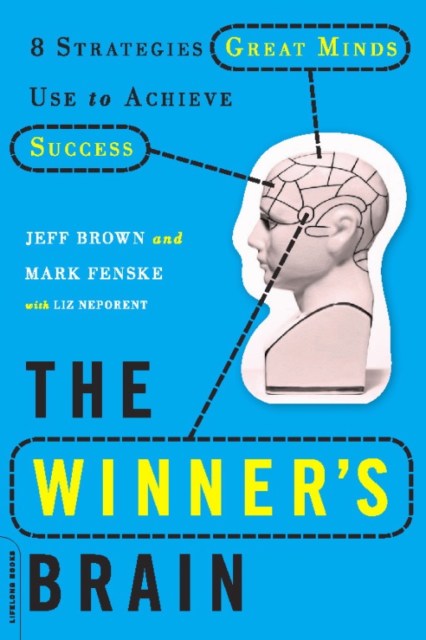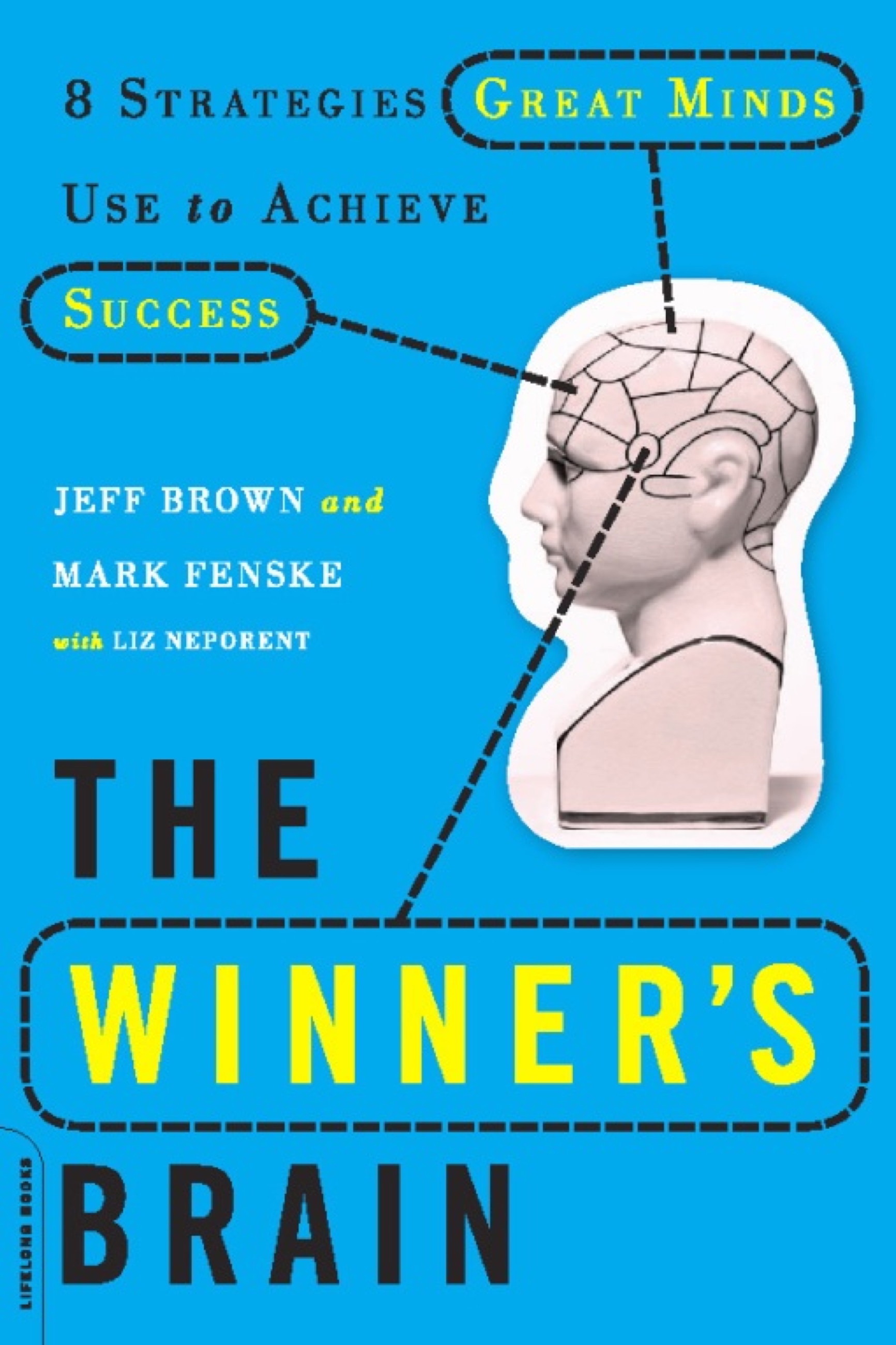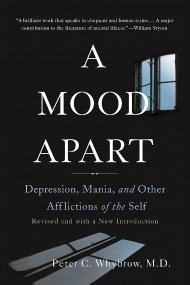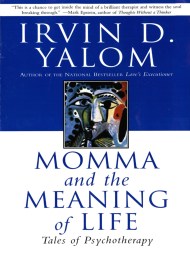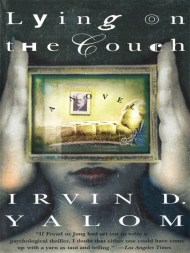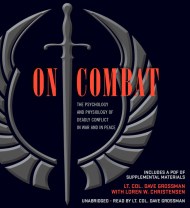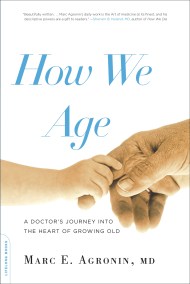Promotion
Use code MOM24 for 20% off site wide + free shipping over $45
The Winner's Brain
8 Strategies Great Minds Use to Achieve Success
Contributors
By Jeff Brown
By Mark Fenske
With Liz Neporent
Formats and Prices
Price
$9.99Price
$12.99 CADFormat
Format:
- ebook $9.99 $12.99 CAD
- Trade Paperback $19.99 $25.99 CAD
This item is a preorder. Your payment method will be charged immediately, and the product is expected to ship on or around March 30, 2010. This date is subject to change due to shipping delays beyond our control.
Also available from:
In The Winner’s Brain, Drs. Jeffrey Brown and Mark J. Fenske use cutting-edge neuroscience to identify the secrets of those who succeed no matter what — and demonstrate how little it has to do with IQ or upbringing. Through simple everyday practices, Brown and Fenske explain how to unlock the brain’s hidden potential, using:
Balance: Make emotions work in your favor
Bounce: Create a failure-resistant brain
Opportunity Radar: Spot hot prospects previously hidden by problems
Focus Laser: Lock into what’s important
Effort Accelerator: Cultivate the drive to win
Along the way, meet dozens of interesting people who possess “win factors” (like the inventor of Whac-A-Mole) and glean fascinating information (like why you should never take a test while wearing red). Compulsively readable, The Winner’s Brain will not only give you an edge, but also motivate you to pursue your biggest dreams.
Genre:
- On Sale
- Mar 30, 2010
- Page Count
- 240 pages
- Publisher
- Da Capo Lifelong Books
- ISBN-13
- 9780738214078
Newsletter Signup
By clicking ‘Sign Up,’ I acknowledge that I have read and agree to Hachette Book Group’s Privacy Policy and Terms of Use
